The Twin Lights of Navesink
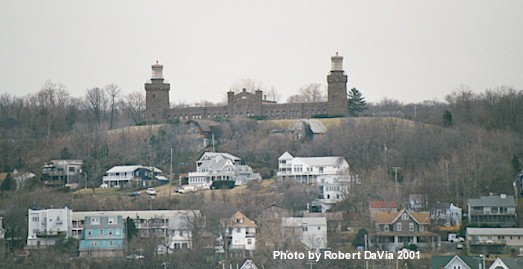
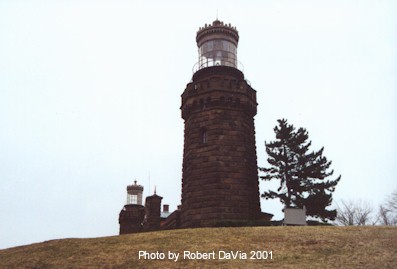
North Tower (foreground) and South Tower
Towering nearly 250 feet above Sandy Hook Bay, the Twin
Lights were the first major seacoast light to use electricity, beginning in
1898. Decommissioned in 1949, the handsome building today houses a museum of
lighthouse and life-saving station artifacts offering films and slide shows.
Spectacular views are also available from atop the medieval-style towers.
This is where the United States’ first Fresnel lens was
located, and was where the first lamps to be fueled by kerosene were. In 1898,
it was one of the first electrically lit lighthouses in the country. The present
day brownstone double lighthouses were built in 1862 on the site of the original
1828 Navesink Lighthouses, on one of the highest points along the coast.
The first beacon's on Navesink were part of an early warning
system, erected in 1746 to warn Monmouth County and New York City of possible
invasion forces from enemy nations. If 5 or more vessels approached the coast,
and it was determined that they were hostile, the beacon was lighted and an
observer in New York sounded the alarm.
The first lighthouse towers were installed in 1828. In 1862
two brownstone towers were built to replace the original ones. The north tower
being octagonal and the south tower square. These "twin" towers are 64
feet high and 320 feet apart, being connected by a 18 room Keeper’s and crew
dwelling. The towers are approximately 246 feet above sea level. In 1898, the
north tower was discontinued but it was held in reserve as an emergency light.
In 1841, under the direction of Commodore Perry, a
first-order Fresnel lens, the first to be used in this country was imported from
France and installed in the south tower. In 1898, a bivalve lens was installed
in the south tower in place of the Fresnel lens. Built in France and shown at
the Chicago World’s Fair, Captain Schley, Chairman of the Light House Board,
was going to place the massive lens at Fire Island, however a decision was made
to use it at Navesink. An electric power plant was constructed behind the south
tower making Navesink Light the only shore station having a plant for electric
generation. With this improvement, it was estimated that the candle power was
25,000,000, making it the most powerful coastal light in the United States. The
revolving light (due to the curvature of the earth) could be seen about 22 miles
at sea. Its beam reported to have been observed in the sky at a distance of 70
nautical miles.
With the improvement in floating aids (Lightships, Radar,
etc.) the lighthouse lost some of its early importance. The south tower
continued to operate until 1949 when it was changed to "Unwatched" at
this time. The light was discontinued in 1952 and used as a day beacon until
1963.
The "Twin Towers" connected by the 18 room keepers
quarters buildings are almost baronial in appearance and setting, even to the
decorative stonework incorporated into their construction.
Taken from information provided by The
Twinlight Historical Society,
Lighthouse Road, Highlands, New Jersey 07732 (732) 872-1814
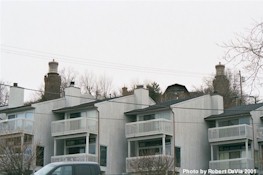
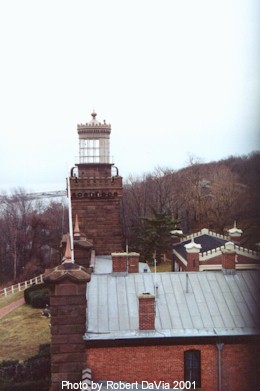
View of the South Tower from inside the North Tower Lantern Room
(The building directly to the right of the south tower is the Generator
Building)
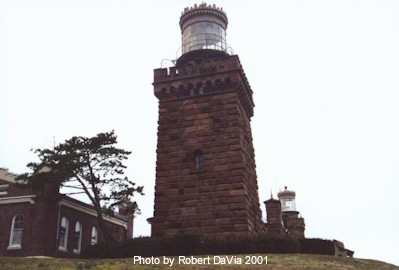
View of the South Tower (Foreground) and the North Tower
The Generator Building is the building to the left
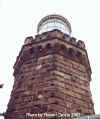
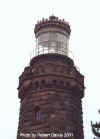
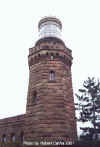
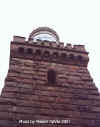
Click on images to enlarge
Return to
the New Jersey State Page
Return to the: Alphabetical Listing or the Listing by States






